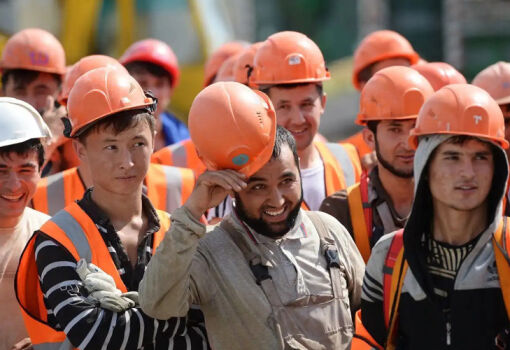
Such conclusions were reached by economists of the Warsaw School of Economics (SGH) based on the analysis of the development trajectory of 11 CEE countries after their accession to the European Union in 2004 and in the subsequent period. Euronews cites their assessments.
“Overall, these countries developed almost twice as fast as the so-called old EU or EU-15. Probably every Pole will be pleased to hear that Poland was the fastest growing country in this group,” SGH economist Piotr Maszczyk explained in an interview with Euronews’ Polish bureau.
The publication notes that the average growth rate for the CEE-11 over the years is 3.2%, for the “old EU” it is 1.6%, and for Poland it is 3.8%.
At the same time, Polish economists believe that the “golden age” for CEE countries is almost over, and further these countries will face a period of slowing economic growth or even stagnation in other cases. Among the most serious threats, they emphasize depopulation and the so-called “patchwork economy”.
The term was coined by SGH economists to describe the reform models adopted by these countries. This model, characterized by a variety of reform paths, has led to faster economic growth rates and strong convergence tendencies compared to other capitalist systems.
However, “the outlook for the next 10 years is not so favorable,” Euronews quoted Piotr Maszczyk as saying.
“On the one hand, demography. Our region of Europe is suffering from depopulation, and Poland is depopulating the fastest. (…) The second factor is innovation. Investments in research and development, both from the public sector and business, are far from sufficient,” Maszczyk said.
Analysts at the Warsaw School of Economics have outlined three possible scenarios: basic, warning and optimistic. Which of them will come true depends, in particular, on how the CEE-11 bloc will deal with problems such as “patchwork capitalism,” they said.
“Patchwork capitalism” is an institutional arrangement in which regulations are often created haphazardly. They contradict each other and cannot form a coherent institutional structure,” explains Piotr Maszczyk.













